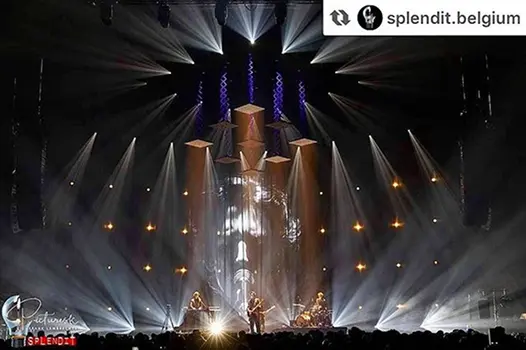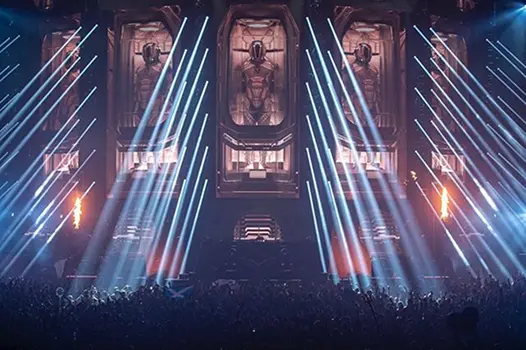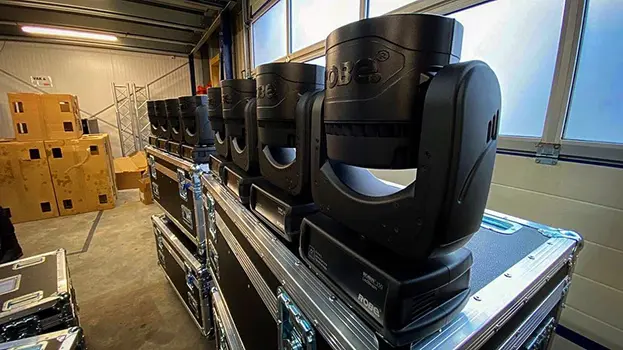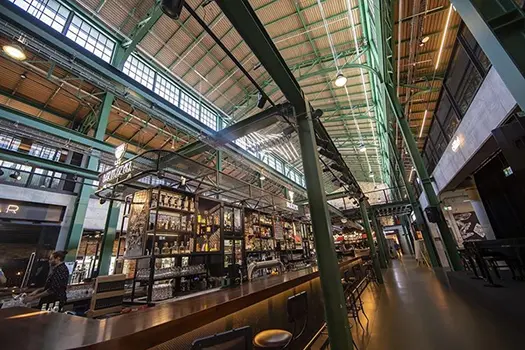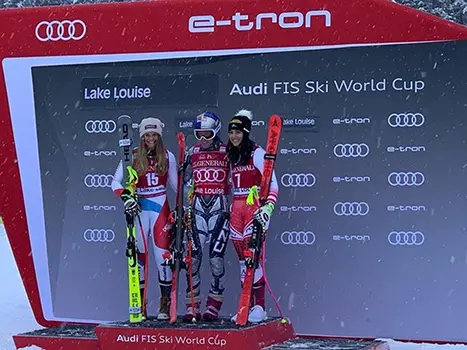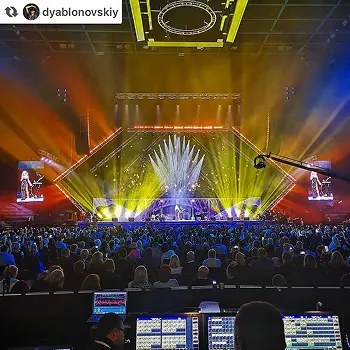GLOBAL / ENGLISH
Contacts
Headquarters
Robe Subsidiaries
Business Development
User login
Global / EN
Application Picker
17.6.2022
2022 The Time is Now for Robe and Craig David
Products Involved
UK-based designer Daniel Richardson, working for innovative international creative practice Sinclair Wilkinson (Rob Sinclair & Andrew Wilkinson) … took the role of production designer for Craig David’s recent acclaimed “Hold That Thought 22” UK tour. The scope of his work included a full stage, scenic, lighting and video design, plus content direction for the star’s acclaimed tour that was rescheduled from 2020.
Previous
Next
Navigate
Log in
Follow Us
Stay in Touch
Navigate
Log in
Follow Us
Stay in Touch
Robe international newsletter
All rights reserved. Created by Appio







